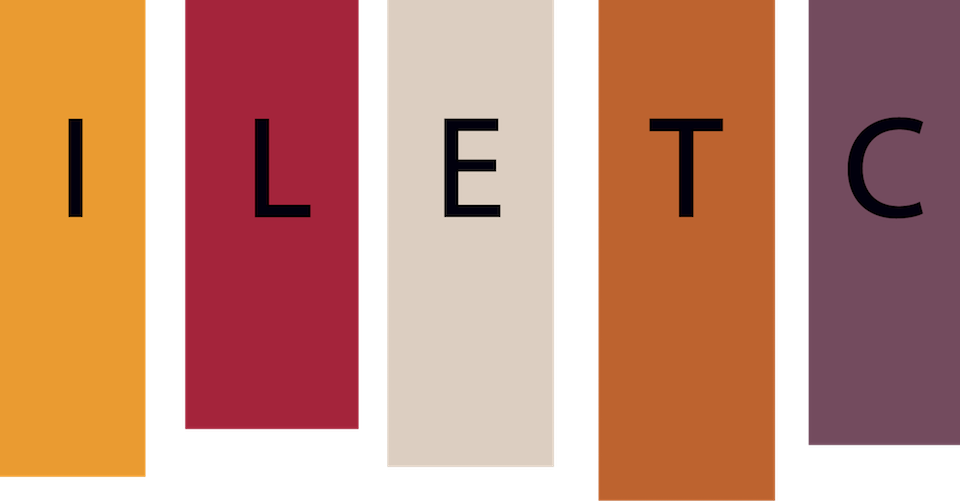This page features details about ILETC’s 2020 publication in Foreign Language Annals, entitled “Are Heritage Speakers of Spanish Significantly Better at Speaking than at Writing? …
Category: Heritage Language Education
Writing Proficiency Development of Heritage Language Learners (WPDHLL)
To what extent can the functional writing proficiency of Spanish heritage language learners develop after one semester of post-secondary instruction?
External Links
Teaching Heritage Languages On-line Workshop National Heritage Language Resource Center Alliance for the Advancement of Heritage Languages
Glosssary
Heritage Language Learner A student who is raised in a home where a non-English language is spoken, who speaks or at least understands the language, and who is to some …
Heritage Arabic eBook (HAeB)
The CILC Heritage Arabic eBook (HAeB) page is on the CILC website, here. The Heritage Arabic eBook includes resources on teaching Arabic heritage language learners (HLLs). The eBook aims to …
Heritage Telecollaboration – Home
The CILC Heritage Telecollaboration (HT) page is on the CILC website, here. The proliferation of digital communication platforms has greatly enhanced opportunities for long-distance interactions and intercultural experiences, and several effective …
HT News: Fall 2016
From the desk of Valeria Belmonti. Greetings from the Heritage Telecollaboration team! We hope that everyone had as enjoyable and productive a summer as we did. Below are some updates …
HT – Spanish Modules
Modules Encountering/Representing the Self Family and Migration Access to Higher Education Urban Latinx Communities Print Media and Latinx Communities Materials for Modules Many of the materials listed in the modules …
HT Module – Family and Migration
Produced by Aránzazu Borrachero, Valeria Belmonti, and Katherine Entigar Download Module as PDF
HT Module – Access to Higher Education
Produced by Aránzazu Borrachero, Valeria Belmonti, and Katherine Entigar Download Module as PDF


